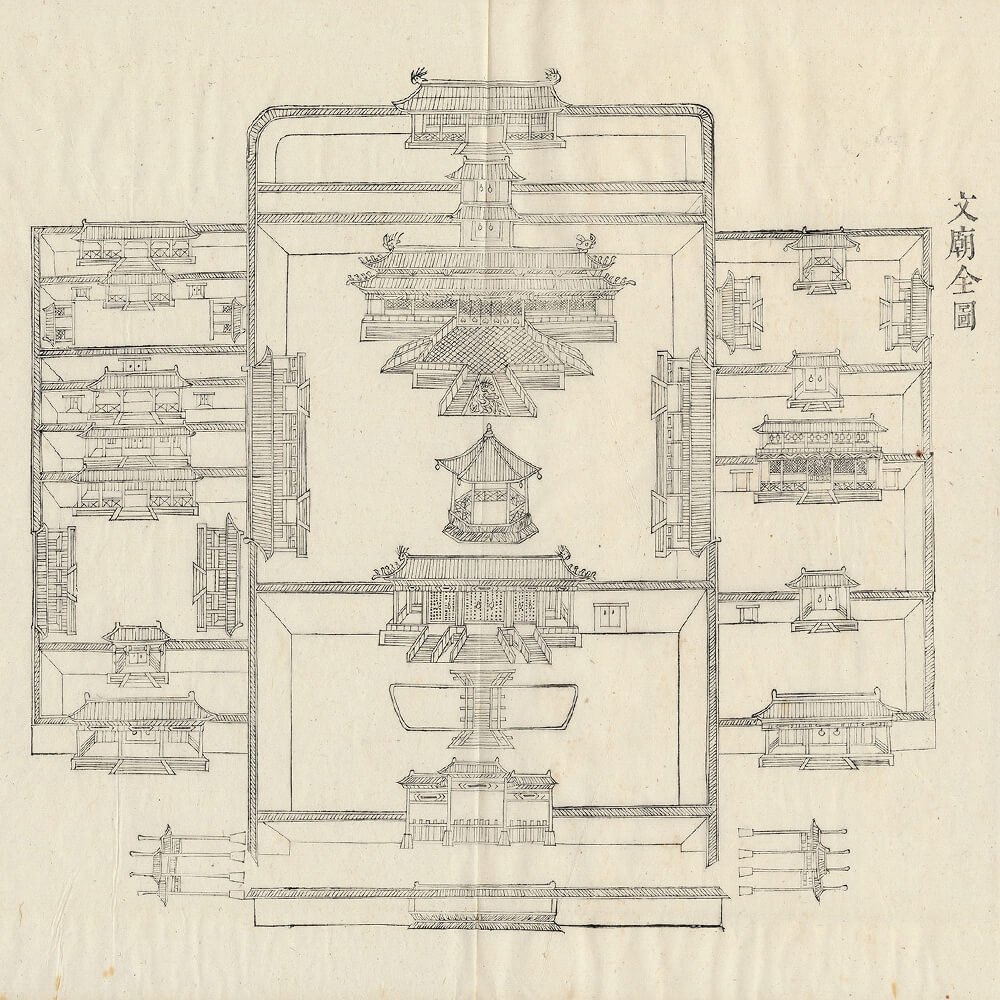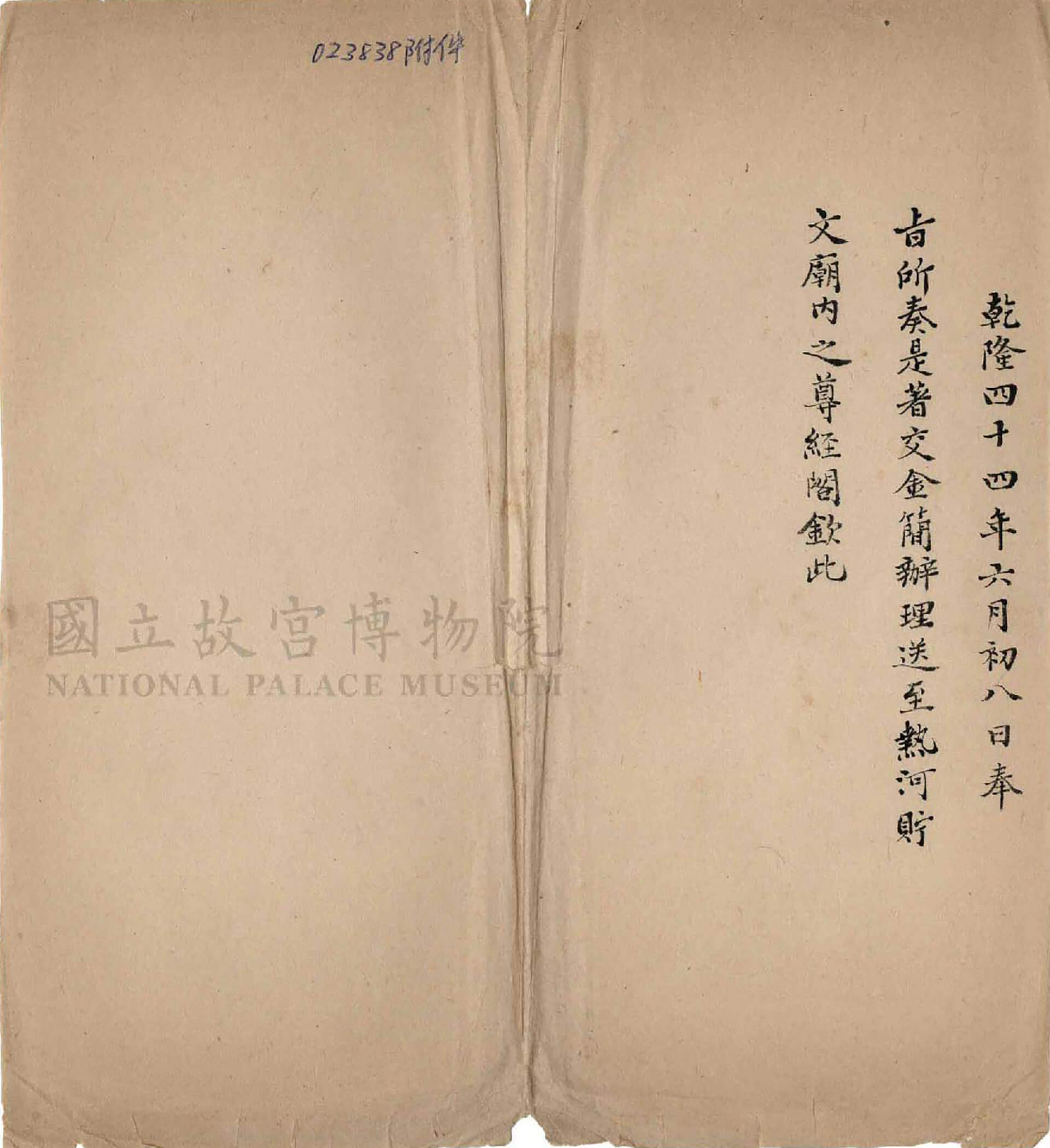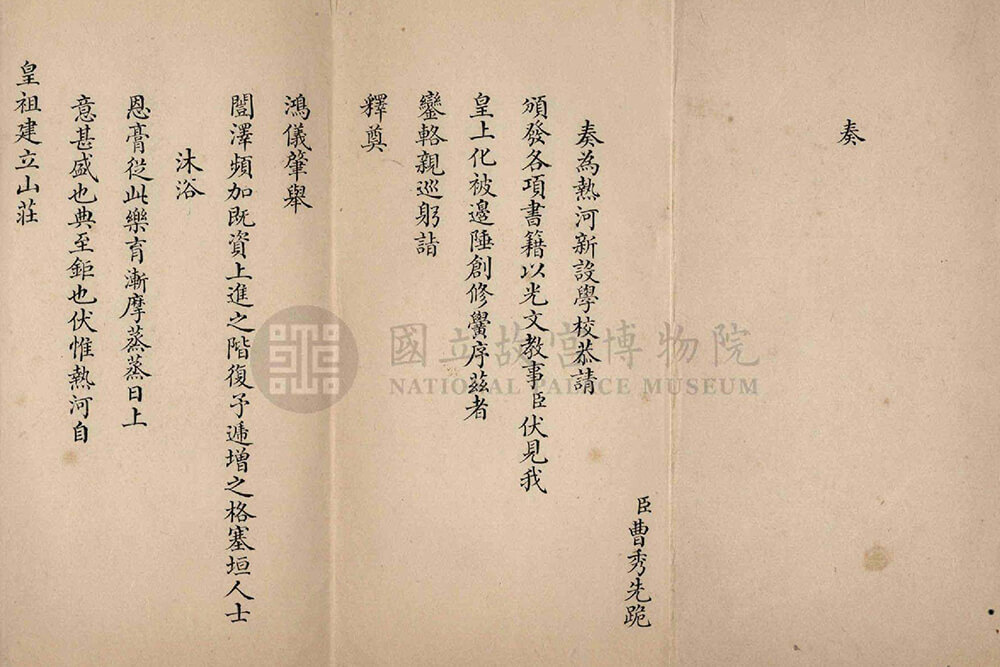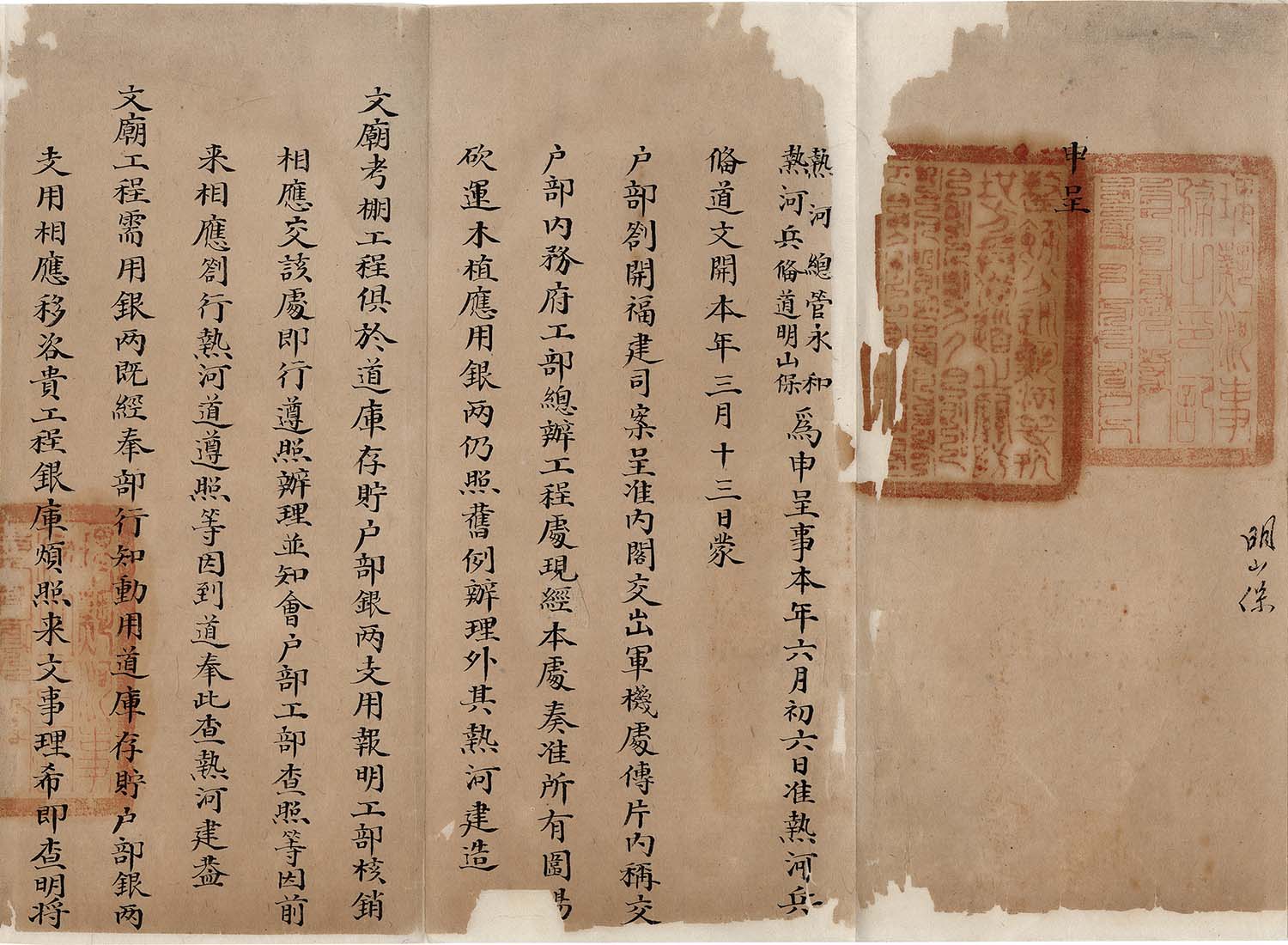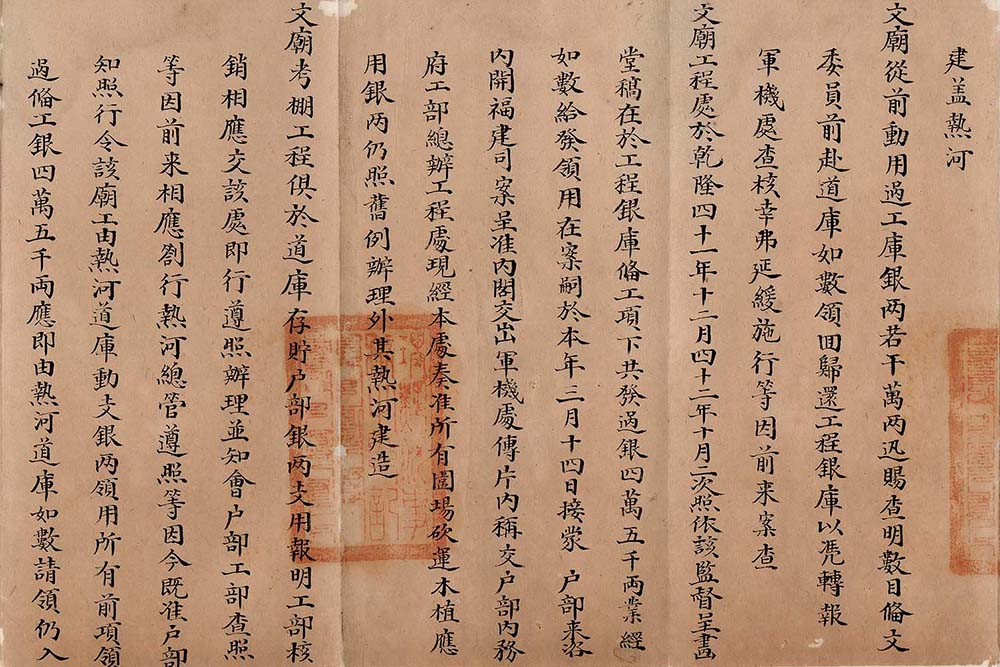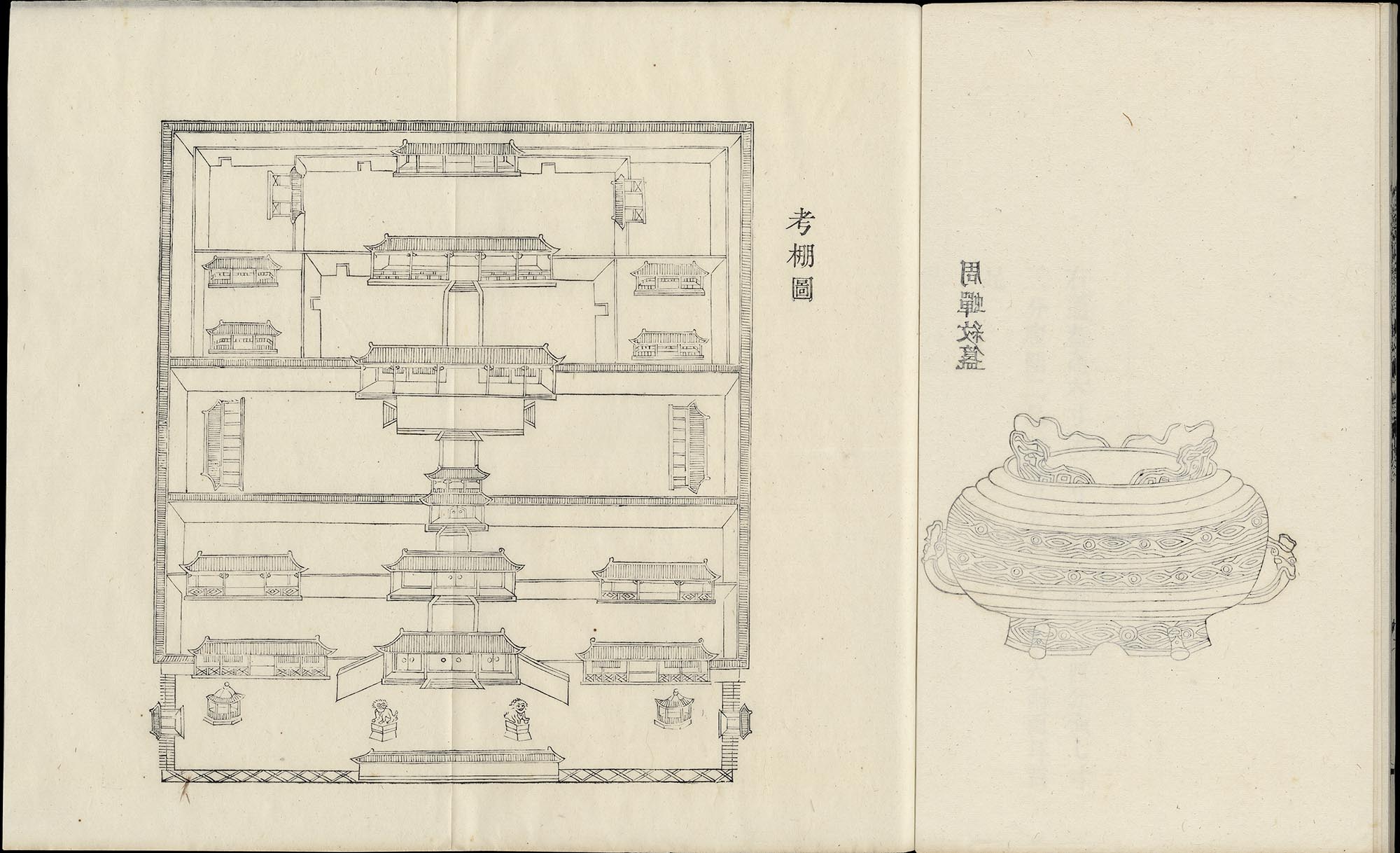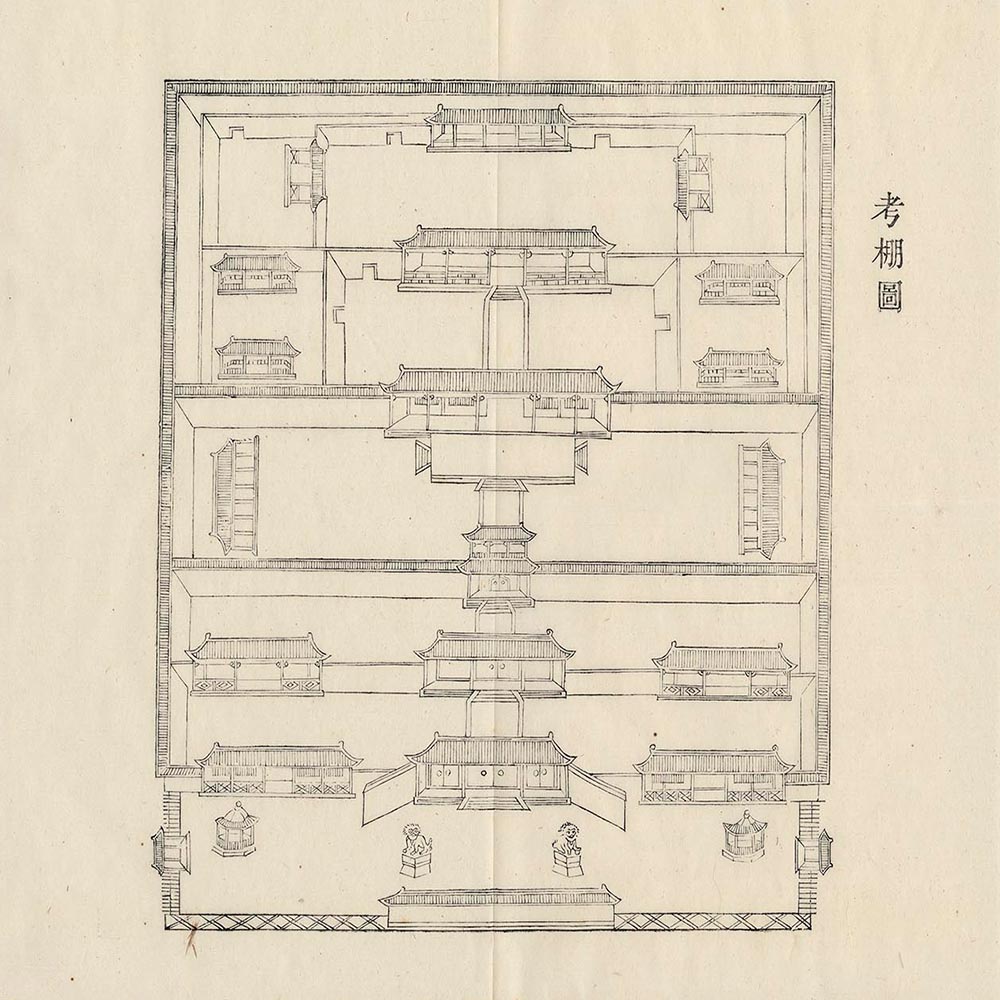Religious Tolerance
The Qing Empire ruled over a vast expanse of territory that was home to many ethnic groups holding various religious beliefs. Before their conquest of China proper, the Manchus inherited the dominant Shamanism of the Jurchen people. However, in the early 17th century, under the influence of nearby Mongols, they adopted Tibetan Buddhism as their principal religion and supported the Gelug School (Yellow Hat Sect) and its reincarnated high monks including the Dalai, the Panchen, the Changkya, and the Jebtsundamba. The Gelug School thus became the shared religious orthodoxy of the Manchus, the Mongols, and the Tibetans. While the Qing emperors adopted Tibetan Buddhism, they did not aggressively push the faith in regions inhabited by other ethnic groups, as the Mongol emperors of the Yuan dynasty had. The framework of Qing court policy continued to allow the development of Chinese Buddhism, Confucianism, and Taoism among the Han Chinese and Islam among the peoples in the northwest. This religious diversity was also reflected in the history and decorations of the Chengde Summer Resort.
Religious Confucianism: The Building of the Jehol Temple
When Emperor Qianlong went on an inspection tour in 1776, Cao Xiuxian (1708-1784), the minister of rites at the time, witnessed the growing population of Jehol and petitioned for the emperor to grant the building of schools to develop local talents. The petition was immediately granted by the emperor, and the number of student admitted was increased. Also, the Confucian Temple of Jehol was built. The Qing Empire built schools and the Confucian Temple of Jehol in said city because it was the empire's second political center, and that it was located in the northern border area. Such endeavors facilitated the educational development of Jehol and allowed Confucian culture to be spread outside the border.
Illustration of the Confucian Temple of Jehol
- From fascicle 73 of Qinding Jehol Zhi (Imperially Endorsed Local Gazetteer of Jehol)
- Compiled by He Shen, et al., on imperial order
- Imprint by the Imperial Printing Office at Wuyingdian Hall, 46th year of the Qianlong reign (1781), Qing dynasty
The Confucian Temple of Jehol was built in 1779. Together with the Confucian Temple of Shandong and Beijing, they are referred to as the three major Confucian temples in China. Concerning the Confucian Temple of Jehol, its main entrance has a decorated archway going in the eastward-westward direction, and the Lingxing Gate. Inside the temple are architecture such as a pool, the Dacheng Gate, a stele pavilion, the Dacheng Hall, and the Chongsheng Temple. The horizontal tablets with inscriptions of the Dacheng Gate and Dacheng Hall were written in three different languages (i.e., Manchu, Mongolian, and Chinese), highlighting the unique characteristics of the temple. Regarding the architectural regulations and interior furnishings of the temple, they were chosen based on the specifications and standards of the Beijing Temple of Confucius, revealing the importance of the Confucian Temple of Jehol in Emperor Qianlong's heart.
Copy of a palace memorial petitioning for the granting of books to the newly established schools in Jehol to promote cultural education
- Presented by Cao Xiuxian (1708-1784), Minister of Rites
- 7th day of the 6th month of the 44th year of the Qianlong reign (July 19, 1779), Qing dynasty
The Confucian Temple of Jehol has a temple area on the left and educational area on the right, resembling those of the Beijing Temple of Confucius. The educational area consists of the Chengde School, which is located on the west side of the temple. By contrast, the temple area is a building complex centered around the Zunjing Pavilion. The temple area is located on the east side of the temple and responsible for storing important official books and publications. When the building of the temple was completed in 1779, Minister Cao Xiuxian petitioned for the Qing court to grant the issuance of books to exemplify local cultural education. The list of books issued included a collection of poems and literature written by past emperors as well as literature in semi-cursive script published by the royal publishing house Wuyingdian Hall. Emperor Qianlong consented to the petition and made Jin Jian, the governor of the Imperial Household Department, look after the affairs. In the end, 376 books in 92 volumes were selected and shipped to the Confucian Temple of Jehol for local scholars to read.
Palace memorial on gratitude to the Emperor for the presence at the Confucius Temple of Jehol
- Presented by Yang Jingsu, Governor-General of Zhili
- 25th day of the 5th month of the 44th year of the Qianlong reign (July 08, 1779),Qing dynasty
Copy of a palace memorial the construction expenses of the examination venue in Confucius Temple of Jehol
- Forwarded by Yong He, Supervisor of Jehol, and Ming Shanbao, Intendant of the Military Defence Circuit of Jehol
- 12th day of the 6th month of the 43rd year of the Qianlong reign (July 05, 1778), Qing dynasty
Built in 1779, the Jehol Confucian Temple is known as one of the three largest Confucian temples together with the Confucian temples in Shandong and Beijing. In the 1770s, Jehol's population grew, driving Jehol's economic growth and the promotion of cultural education. In 1779, Emperor Qianlong visited the Summer Resort during an inspection tour and saw the newly renovated Jehol Confucian Temple. He then worshipped Confucius there. This palace memorial was submitted by Yang Jingsu (1711-1779; viceroy of Zhili) on behalf of Jehol's local officials to thank the emperor for visiting the temple and worshipping Confucius as well as for his attention to Jehol's cultural and educational policies. Another palace memorial was submitted by the Jehol governor Yong He and Jehol general supervisor and military command Ming Shanbao to the Grand Council, requesting imbursement of the construction expenses for the Confucius School in Jehol.
Illustration of the Confucian Examination Hall of Jehol
- From fascicle 73 of Qinding Jehol Zhi (Imperially Endorsed Local Gazetteer of Jehol)
- Compiled by He Shen, et al., on imperial order
- Imprint by the Imperial Printing Office at Wuyingdian Hall, 46th year of the Qianlong reign (1781), Qing dynasty
Qing dynasty imperial examination honors were primarily divided into xiucai (i.e., students who passed the imperial examination at the county level), juren (i.e., students who passed the imperial examination at the provincial level; this examination was held in the fall once every three years), and jinshi (i.e., students who passed the imperial examination at the highest level; this examination was held in the capital city the spring after the provincial-level imperial examination). Students who passed the imperial civil service examination became gongshi, and gongshi who passed the final imperial examination became jinshi. The most basic examination was the preliminary examination, and students must pass the imperial examination at the county level to become a xiucai. Academic commander-in-chief held examinations in examination halls, which were initially temporary buildings but later evolved into brick and tile-based permanent examination halls. The examination hall shown here was a permanent building.

